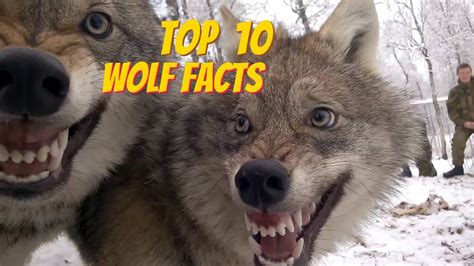The presence of wolves in California is a complex and multifaceted issue, intertwining ecology, conservation, and human interaction. As of the last few years, there has been a notable resurgence of wolf populations in the state, marking a significant turning point in the history of these apex predators within the region. Here are several key facts and considerations regarding wolves in California, reflecting on their history, current status, and the implications of their return:
Historical Presence: Wolves were once natives to California, with their presence dating back thousands of years. However, due to human activities such as hunting and habitat destruction, wolves were extirpated from the state by the 1920s. The last confirmed wolf in California before their recent return was killed in 1924 in Lassen County.
Return of the Wolves: The return of wolves to California began in 2011 when a lone wolf, known as OR-7 (a male originating from Oregon), entered the state. This event marked the first confirmed presence of a wolf in California in nearly a century. Since then, more wolves have entered the state, and the formation of the first breeding pair in 2015 signified the beginning of a potential recovery.
Current Population and Trends: As of the latest available data, California is home to a small but growing population of wolves. The establishment of the Shasta Pack in 2015 and the subsequent arrival and breeding of other wolves have contributed to this growth. However, the population remains fragile, with threats including inbreeding, human-caused mortality, and the challenges of adapting to a landscape dominated by human activity.
Habitat and Territory: Wolves in California primarily inhabit the northern and eastern parts of the state, where their territory overlaps with rural, mountainous regions. The specific habitats include forests, grasslands, and areas surrounding agricultural lands, which provide a mix of prey and shelter. The size of their territory can vary significantly, often depending on the availability of food, water, and suitable denning sites.
Diet and Prey: The diet of wolves in California primarily consists of large ungulates such as deer and elk. However, they are opportunistic feeders and may also consume smaller mammals, carrion, and even domestic livestock if the opportunity arises. Their role as apex predators is crucial for maintaining the ecological balance, potentially affecting deer populations and, by extension, vegetation patterns.
Human-Wolf Conflicts: One of the significant challenges in the recovery of wolf populations in California is the potential for human-wolf conflicts. As wolves expand their territory and encounter more human-dominated landscapes, incidents involving livestock predation and, occasionally, threats to human safety can occur. Efforts to mitigate these conflicts include compensation programs for livestock losses, non-lethal deterrents, and educational programs aimed at ranchers and the general public.
Conservation Status: Wolves are protected under California state law, and the California Department of Fish and Wildlife (CDFW) is responsible for their management and conservation. Federal protection under the Endangered Species Act (ESA) also applies to wolves in the state, although there have been periodic debates and legal challenges regarding their listing status.
Monitoring and Tracking: The CDFW, in collaboration with other organizations and individuals, engages in extensive monitoring and tracking of wolf populations. This includes the use of GPS collars on select wolves to understand their movements, territory use, and behaviors. Camera traps and genetic sampling also play critical roles in monitoring population size, structure, and overall health.
Public Perception and Education: Public perception of wolves in California varies widely, reflecting a range of values, experiences, and beliefs. Educational efforts seek to inform the public about the ecological importance of wolves, the measures in place to protect both wolves and livestock, and the complex legal and ethical considerations surrounding wolf conservation.
Future Outlook: The future of wolves in California is uncertain and will depend on a variety of factors, including continued conservation efforts, the success of conflict mitigation strategies, and broader societal attitudes towards wildlife conservation. As the state’s human population grows and landscapes continue to change, finding a balance that allows wolves to thrive alongside human activities will remain a significant challenge.
In conclusion, the story of wolves in California is one of resilience, conservation effort, and the ongoing quest for coexistence between humans and wildlife. As these apex predators continue to reclaim their place within the state’s ecological landscape, their journey serves as a poignant reminder of the interconnectedness of species and ecosystems, and the importance of preserving biodiversity in the face of human-dominated environments.
What are the main threats to wolf populations in California?
+The main threats include human-caused mortality (such as poaching or vehicle collisions), conflicts with livestock, and the challenges of adapting to a fragmented and human-dominated landscape. Inbreeding within the small population is also a significant concern.
How are wolves in California protected?
+Wolves in California are protected under both state and federal law. The California Department of Fish and Wildlife manages wolf conservation, and wolves are listed under the Endangered Species Act, providing them with federal protection.
What role do wolves play in the ecosystem?
+As apex predators, wolves play a crucial role in maintaining the ecological balance. They help regulate prey populations, such as deer and elk, which in turn affects vegetation and potentially other species within the ecosystem.



